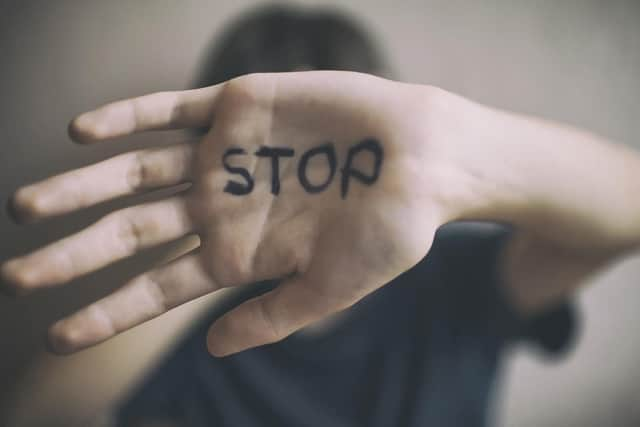Males can also be victims of domestic abuse, a crime that is often underreported - Dr Alan Billings
The better measure – in my view – is the ONS Crime Survey. The Survey is carried out by a research organisation, called Kantar Public. They contact a large sample of people in England and Wales and ask them what their experience of crime has been over the previous twelve months. When they did this in 2020/2021 they were in touch with 50,000 households.
Crime statistics based on police recorded crime are just that – those crimes that are reported to the police and which the police record accurately. But we know that many crimes are not reported and so not recorded.
Advertisement
Hide AdAdvertisement
Hide AdInevitably, therefore, police data is always going to miss a certain amount of crime because of under-reporting. We also know that some forces are better than others at recording crime. Our force is rated good for its crime recording. But some forces are less proficient at recording correctly or do not recognise some crimes in the first place – this can be true of hate crimes, for example.


The survey, however, picks up not only the reported crime but also the crimes not reported and so not recorded and those not recorded correctly. This is why I prefer the results of the Crime Survey.
But are there some crimes that are likely to be missed more than others – and perhaps missed in both police data and the Survey statistics? What are the under-reported crimes?
We know that one is Domestic Abuse (DA). There was a time when people struggled to get the police to take DA as seriously as they should. I remember when police officers shrugged their shoulders and said, ‘It’s only a domestic’.
Advertisement
Hide AdAdvertisement
Hide AdFortunately those times are gone and huge efforts have been made in more recent years to encourage people to report: they will be taken seriously. Police officers have been trained to recognise DA when they are called out to incidents and the definition of victim has broadened to include children in a household.
Nevertheless, many are still reluctant to talk to the police, especially where they fear the reactions of a partner or they worry that children might be taken from them by social services. It was only after talking to someone who had been the victim of a coercive and controlling partner that I realised there might be a group of people who are even more unrecognised. This person told me a little about how the relationship within their marriage eventually became quite toxic. They gradually realised that they were subject to a coercive and controlling partner with matters coming to a head when they were threatened by them with a knife.
They left the marriage, but did not report it to the police. Why not? Was it because the threatening person in this marriage was the wife, not the husband?
When we think of DA we tend to think of women trapped in a difficult or dangerous relationship. We assume the victim is female – and that is usually the case. But this person reminded me that it also happens the other way. And perhaps men find it even harder to admit to themselves or others, including the police, that they are a victim.
A shortened version of the Police and Crime Commissioner for South Yorkshire’s latest blog post.